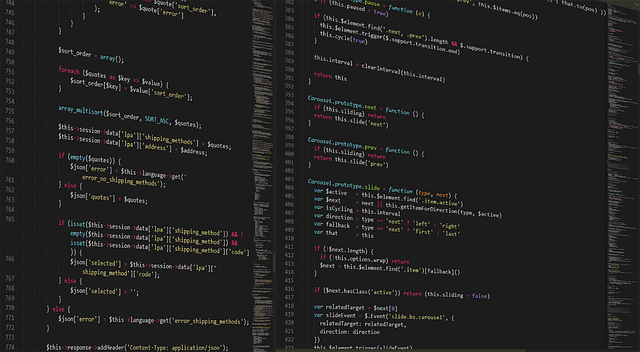
Mastering IT: The Ultimate Guide to Information Technology Programming for Hardware Enthusiasts
In today’s fast-paced digital world, mastering programming is essential for anyone looking to dive deep into the realm of Information Technology (IT) and hardware. Whether you’re a budding enthusiast or a seasoned professional, understanding the intricacies of programming can significantly enhance your abilities to work with hardware components. This guide aims to equip you with the knowledge you need to thrive in the ever-evolving landscape of IT.
At its core, programming is about communicating with machines to perform tasks. For hardware enthusiasts, this means developing skills that allow you to bridge the gap between software and physical components. From writing code that controls devices to debugging systems, programming is the language through which you can bring your hardware projects to life.
One of the first steps in mastering IT programming is to grasp the fundamentals of coding languages. Languages like Python, C++, and Java are popular among hardware developers due to their versatility and extensive community support. For instance, Python’s simplicity makes it an excellent choice for beginners, while C++ offers the performance needed for more advanced projects involving hardware interaction.
As you progress, you’ll want to explore specific areas within programming that align with your hardware interests. Embedded programming is a prime focus for hardware enthusiasts. This field deals with programming small computing devices, often found in everyday gadgets. By learning how to write code that operates on microcontrollers, you can create everything from simple LED circuits to sophisticated robots.
Another pivotal topic is the Internet of Things (IoT). The rise of IoT has transformed how hardware interacts with software, allowing for networked devices to communicate and function in sync. Understanding programming in the context of IoT opens up new possibilities for your projects, enabling you to create smart appliances, home automation systems, and sensor networks.
Moreover, don’t underestimate the importance of version control systems such as Git. These tools not only help you manage your code efficiently, but they also promote collaboration, a key aspect of the tech community. As you work on larger projects, being able to track changes and collaborate with other developers becomes crucial.
To solidify your knowledge, put your skills to the test through practical projects. Building your own hardware-software integration projects can be incredibly rewarding. Start small, perhaps by creating a simple microcontroller-based gadget and gradually take on more complex challenges. Additionally, engaging in online forums and communities dedicated to programming and hardware can provide you with invaluable feedback and encouragement.
Lastly, remember that the world of IT is always changing. Staying current with the latest trends and technologies is vital for hardware enthusiasts who wish to stay ahead in their programming journey. Whether you attend workshops, enroll in online courses, or simply follow industry leaders on social media, continuous learning is paramount.
In essence, mastering programming is a cornerstone for any hardware enthusiast aiming to succeed in the field of Information Technology. By equipping yourself with programming skills, diving into embedded systems, and embracing the trends of IoT, you can unlock a myriad of possibilities in your hardware projects. The journey may be challenging, but it is also filled with endless opportunities for innovation and creativity.



